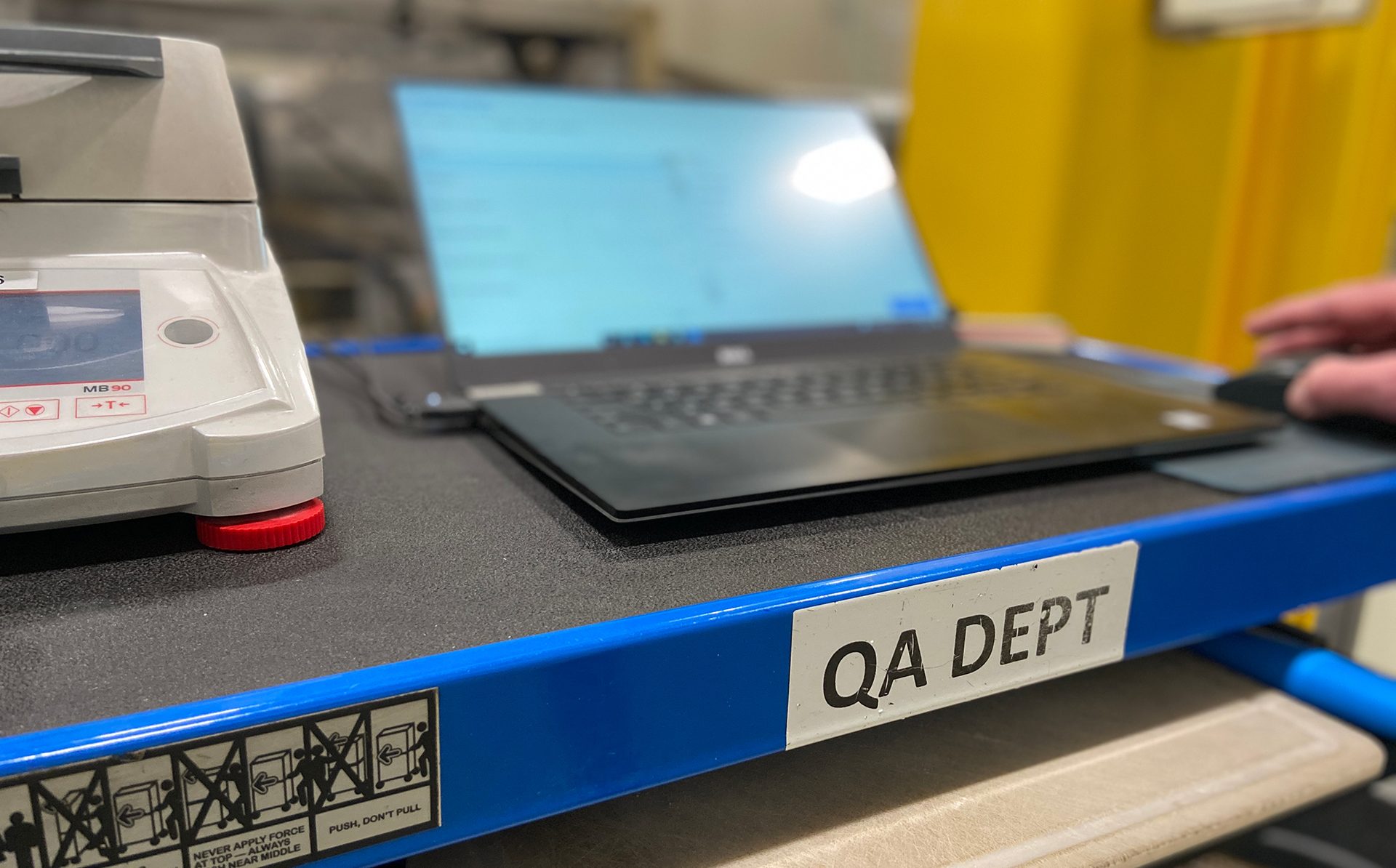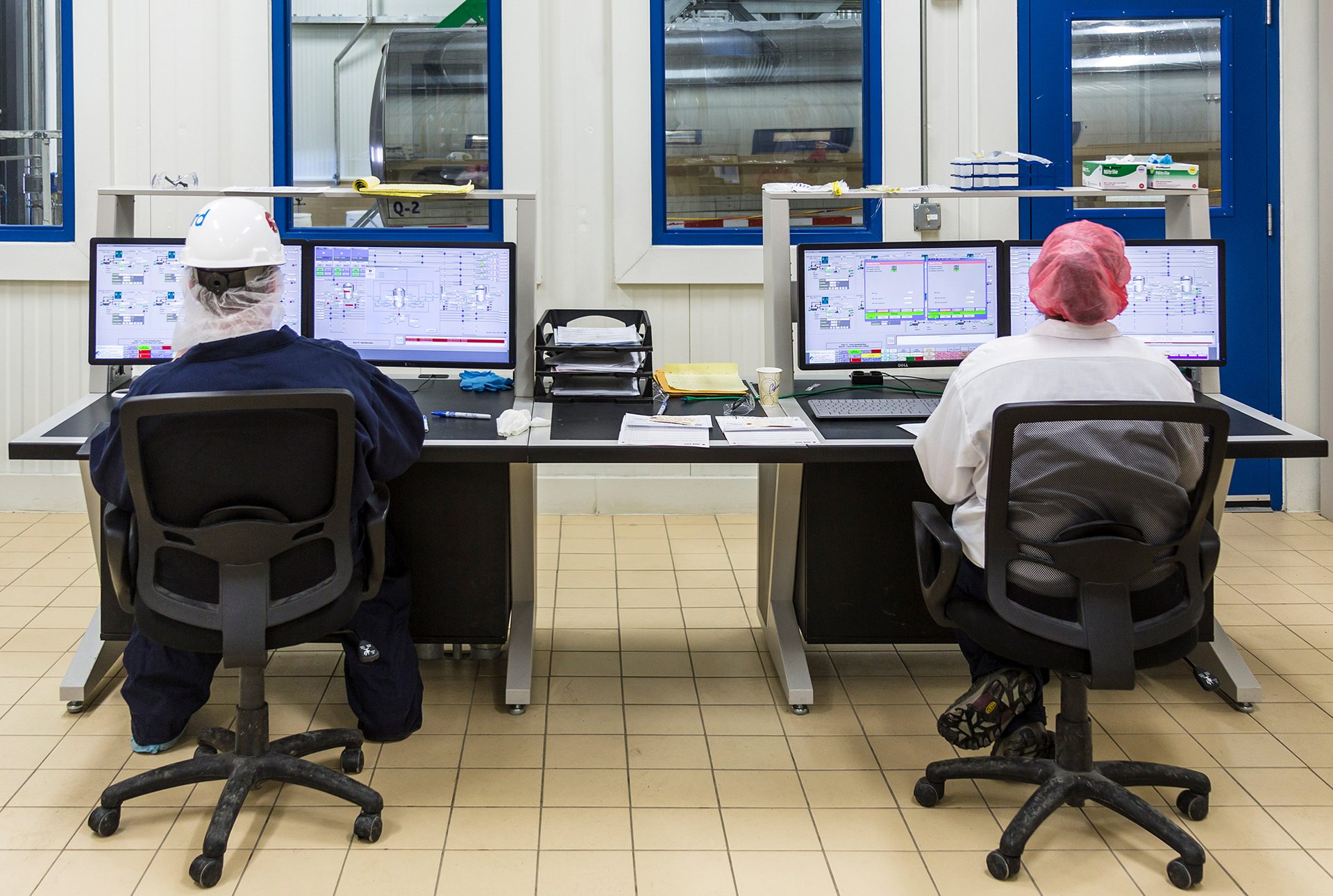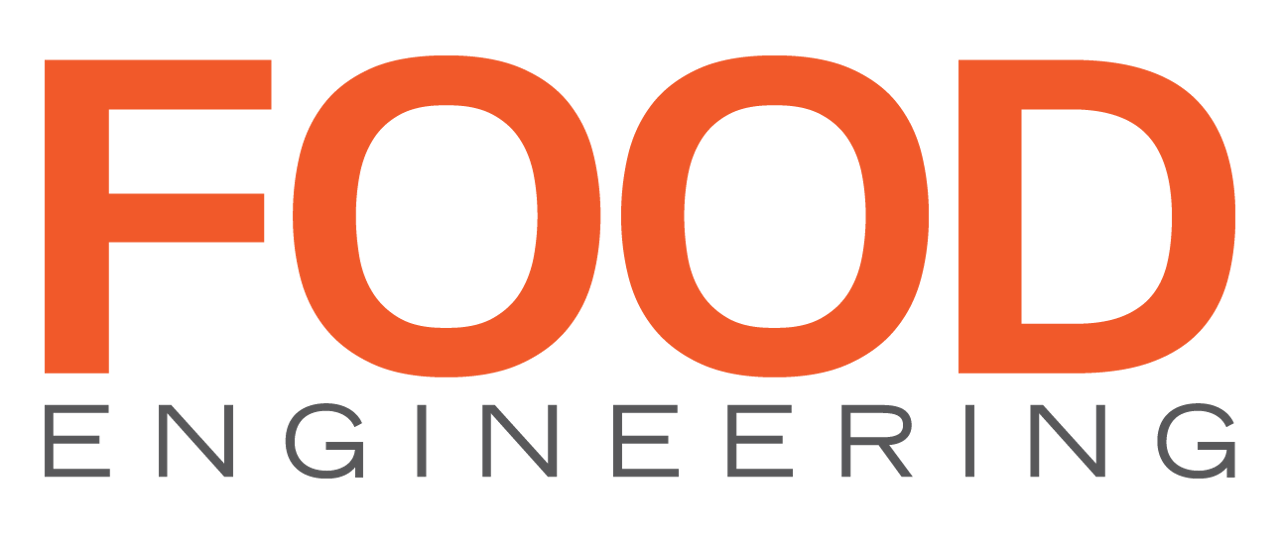July 2022
Quality is everyone’s job
Quality management systems involve everyone from receiving to processing, packaging and shipping
Photo courtesy of Ross Van Pelt, RVP Photography
One summer while in college, I spent time working in the QA/prototype lab for a local specialty transformer/power supply company. One thing we did was test transformers as pulled from several points along the production line. Waiting until a transformer was completely built and ready to go out the door was no time to find it didn’t meet spec—especially if it were mil-spec.
Likewise, why would you wait until a food batch is finished to check it for quality—only to find that a key ingredient was causing an off-flavor or other inconsistency in the final product? Off-spec ingredients, metal or plastic fragments in the product or an ineffective kill-step process could literally kill your business if bad product gets out the door. Quality checks can’t wait until the final inspection point; they need to be done with incoming ingredients through each step of the process and right down to packaging and shipping.
A recent Gartner Group study put it succinctly: “The often-repeated but seldom-followed notion that ‘quality is everyone’s job’ is now being realized at an unprecedented scale, further underscoring the need for advanced and modern QMS (quality management systems) solutions for all business units, geographies and product families.” 1.
Wayne Labs, Senior Technical Editor
Today’s changing QMSs
Today’s quality management systems (QMSs) are far more wide ranging in scope and capabilities than yesterday’s quality control system typically found in a lab—and QMS suppliers realize that food processors need end-to-end solutions, and they demand capable systems. Juan De Villena, Ph.D., director of quality assurance and food safety at Wayne Farms, emphasizes that a QMS “ensures the food safety of the raw materials, ingredients, packaging material. It cannot be a ‘quality control’ system that only measures end product; it must ensure that throughout the process all quality and food safety considerations have been met, according to [the processor’s] specifications and expectations.”
Today’s QMSs are available to users wherever they’re located via user interfaces that automatically adjust to PC screens, tablets or phones. Photo courtesy SafetyChain

QMS provides broad solutions
Today, with COVID-19 hopefully behind us, processors found many of their teams working remotely, and digitization and automation of processes are becoming the norm. According to Gartner Group, QMSs have seen a 22% year-over-year growth since 2019. QMS providers continue to focus on user interface development to make them easy to use and have built AI/ML into many of these systems. A modern QMS hardly resembles its predecessor from years ago and is networked and works with data directly from equipment and sensors—and users have access to actionable information in the plant or anywhere in the world, thanks to the internet and customizable interfaces. Most QMSs in the food and beverage industry treat food safety as an integral component within the same system.
Gartner suggests that QA users today expect that QMSs provide organizational resilience and risk sensing through analytical tools and new technologies; ensure, encourage and enforce compliance; offer required functionality but be adaptable to change; have a UI that supports adoption for all users; promote transparency across an organization; use new technology without compromising core quality management functions and offer workflows for both in-person and virtual quality edits.
Some QA departments have rolling carts with networked laptops and tools, making it possible to move to various locations in a facility and make equipment adjustments. Photo courtesy SafetyChain

What users want in a QMS
According to Juan De Villena, director of quality assurance and food safety at Wayne Farms, the three most important features he looks for in a QMS are “reliable, repeatable and scientifically based. It has to be reliable because under any situation, it must work. All case scenarios need to be considered before implementing. Repeatable because time over time it needs to work and be used with confidence that would ensure overall quality of the process, and therefore, as a consequence, of the finished products.”
In today’s litigious world, perhaps De Villena’s third reason is pragmatically the most important. “It must be scientifically based because it has to be defendable, not just because someone said it but because through a systematic approach it is scientifically significant and with a confidence level that can be defended ‘in front of a judge.’”
I asked QMS suppliers what they thought were the three most important features in a QMS. SafetyChain Software’s Bryan Cohn, senior solutions engineer offered, “accessibility, ease of use and the ability to act quickly on data contained in reports, corrective actions or verification and sign-off on records, just to name a few.
Quality control begins with automated delivery of milk in this dairy operation, where all product data and tracking information is recorded, with all the data being available in a QMS system. Photo courtesy of Bill Nichols

Regarding “scientifically based,” Sheridan Brewer, CAT Squared implementation specialist, suggests that QMS applications are often only as smart as management users configure them to be. “If the application is not collecting the precise data points to properly meet scientific or regulatory requirements, features of the application may need to be reconfigured from the top-down.”
“From our perspective, I would add that it is vital to have a QMS that the entire plant can see added value in their everyday life,” says Brewer. “If you have a QMS that primarily benefits food safety (FS) and QA departments but production does not see the value or rarely interacts with it, then it can be difficult to implement and maintain a successful QMS. You need buy-in from all departments.”
Food safety systems and QMSs
Food safety and quality are almost like the “chicken and the egg.” Which came first? Obviously, you can’t have a quality product if it sickens people. FSMA has pushed the importance of food safety to be front and center, but should it be part of a QMS or should food safety be monitored by a standalone system?
This remote quality analysis workstation measures product viscosity, acidity and other important variables—and is connected to the plant’s network, making this remote lab part of the facility’s larger QMS. Photo courtesy Imagemakers Inc.

“I think it needs to be part of the quality management system because you can’t “separate” food safety from quality and expect the end product to be safe to consumers,” says Wayne Farms’ De Villena. “We have to look at the process as a whole and not just as a part of the entire system, because otherwise different groups would be pulling in different directions and we need to pull in the same direction, which is the production of safe food for the end customer.”
Cohn suggests that a QMS should even go beyond uniting production, quality food safety and supplier management. Key stakeholders in other departments, such as maintenance need to be notified in real-time of a potential issue that might have been observed during a routine quality check, for example. These cross-departmental notifications, tasks and actions reduce time, waste and labor, driving efficiencies and accountability. Also, a good system must be “future proof” by offering a robust API, enabling integration with other systems like ERP and WMS to support initiatives like IoT and traceability.
CAT Squared’s Brewer notes that a QMS or combined food safety/quality management system can benefit from allowing users to configure QA and food safety audits with the same tools. In addition, a QMS should provide a LIMS (laboratory information management system) module, where the results of lab tests and presence of a COA (or lack thereof) can translate to holds on inventory.
A quality assurance lab can be used to check certain process variables—and with certain networked instrumentation, the data can be included in a larger QMS. Photo courtesy Bill Nichols

“From our perspective, I would add that plant management should come to a clear understanding for the separation of roles for QMS management,” says Brewer. For example, if a plant has separate food safety and QA/QC departments, which portions of the QMS fall to each department? Many processors are now turning to a verification approach for QA where they rely on production personnel to collect the data and QA personnel only verify processes. In such situations, a successful implementation of a QMS may rely on Production to collect data with FS/QA managing the audits, adds Brewer.
Nevertheless, a QMS needs to be flexible to support the way a processor works. “Food safety and, more specifically, a quality management system should be configurable and adaptable to the processes that producers are accustomed to using,” says Cohn. A QMS should allow its users to be proactive, not reactive by using powerful but approachable analytics. Quality and food safety users should be able to get the data that matters most to them and present it in a way that makes sense to them.
Get buy-in from all users
A QMS should be part of your digital transformation. A modern system allows operators, managers and enterprise users control over quality programs, processes, and data in real-time, says Cohn. You can achieve ongoing compliance with regulatory, customer, and third-party certifications from a user-friendly interface available on iOS, Android, and Windows anywhere in the world.
To benefit all these users, Brewer reiterates that buy-in from all levels of management is a must—VPs, plant managers, FS/QA managers, production managers, etc.—and all departments—FS/QA, production, shipping, procurement, scheduling, etc.—for a successful QMS implementation. If managers are not committed, the system will fail sooner or later. On the other hand, to help get that buy-in from all departments, QMS suppliers need to be able to provide an added value to management teams for utilizing the system—and provide that value quickly. This is most often provided by dynamic reports that incorporate data collected on the floor with a QMS system.
Today, according to Gartner Group, a QMS will benefit users in several areas, including reducing waste; lowering costs; training employees; housing documents and controlling their versions; assessing risk; measuring and tracking quality performance; ensuring compliance with policies, regulatory groups and industry standards; and defining and improving quality processes. Can you afford to be without one? FE
Reference:
1 “Market Guide for Quality Management System Software,” Sam New, Gartner Group, 4 Jan. 2022, ID G00739444
JULY 2022

